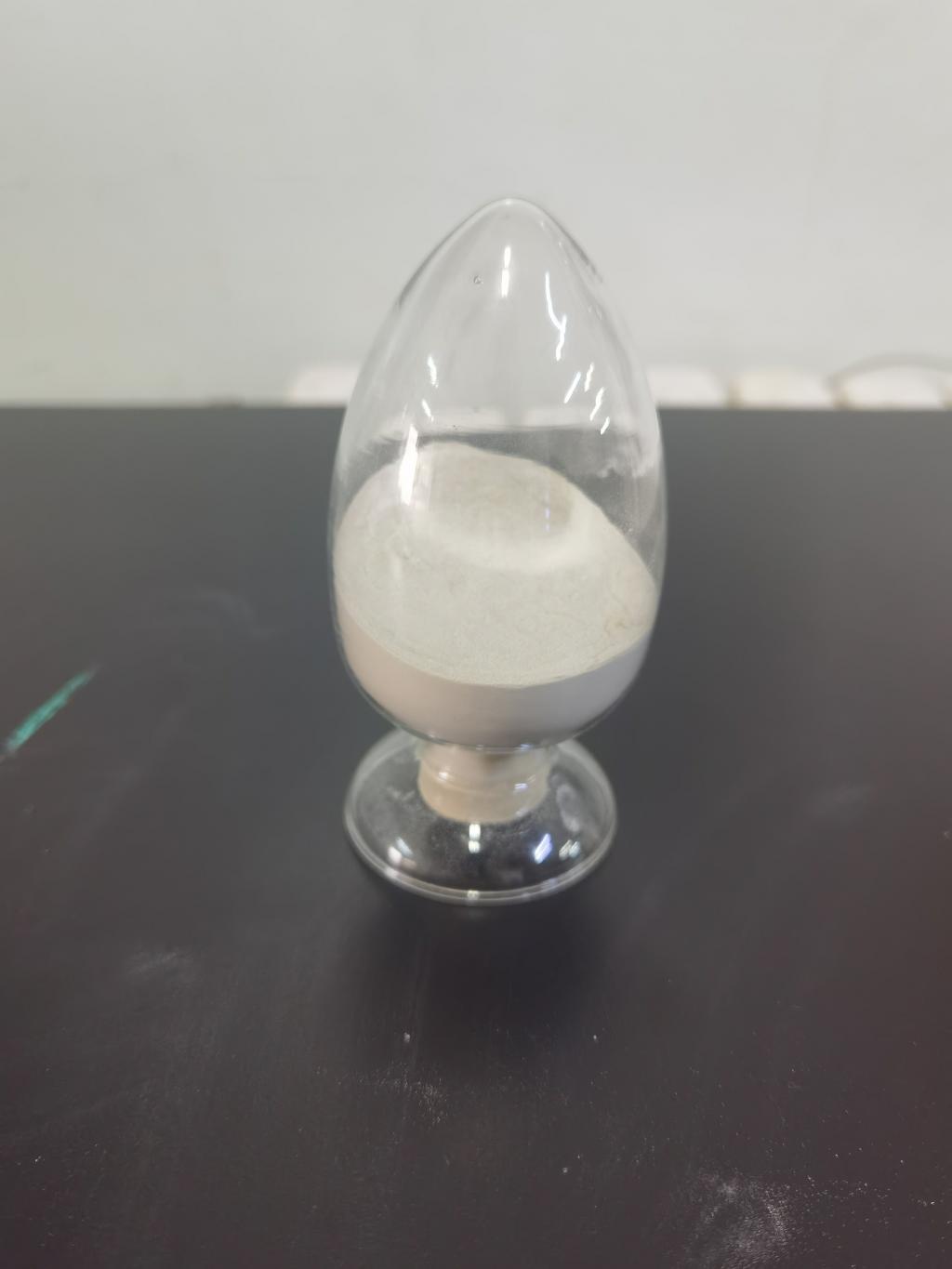Tel:+8618231198596

News
 CONTACT
CONTACT
 CONTACT
CONTACT
- Linkman:Linda Yao
- Tel: +8618231198596
- Email:linda.yao@dcpharma.cn
- Linkman:CHARLES.WANG
- Department:Overseas
- Tel: 0086 0311-85537378 0086 0311-85539701
News
Current Position:
Home >
News
>Nisin's Application in Food Banks: Ensuring Safety in Charitable Food Distribution
Nisin's Application in Food Banks: Ensuring Safety in Charitable Food Distribution
TIME:2024-03-06
The Role of Food Banks in Hunger Relief
1. Mission and Impact
Food banks serve as critical components of the social safety net, collecting, storing, and distributing food to those in need. Their impact extends beyond immediate hunger relief, contributing to community well-being and nutrition.
2. Challenges in Charitable Food Distribution
Despite their noble mission, food banks encounter challenges related to food safety, perishability, and nutritional quality. Donated items, while well-intentioned, may have varying expiration dates, and perishable goods can be especially challenging to manage.
Understanding Nisin
1. Nature of Nisin
Nisin is a natural antimicrobial peptide derived from lactic acid bacteria. It exhibits potent antimicrobial properties, particularly against Gram-positive bacteria, making it an effective preservative in the food industry.
2. Application in Food Preservation
Nisin is known for its ability to inhibit the growth of spoilage microorganisms and foodborne pathogens. Its application in food preservation enhances safety and extends the shelf life of a variety of products.
Nisin's Potential in Food Banks
1. Enhancing Food Safety
Incorporating Nisin into perishable items at food banks can serve as an additional layer of protection against bacterial contamination. This is crucial, especially when distributing fresh produce, dairy, and other perishable goods.
2. Extending Shelf Life
Nisin's preservative properties can contribute to extending the shelf life of donated items, reducing food waste, and ensuring that the food remains safe for consumption over an extended period.
3. Preserving Nutritional Value
Unlike some traditional preservatives, Nisin has minimal impact on the nutritional content of food. Its application allows for the preservation of essential nutrients, addressing concerns related to the nutritional quality of distributed items.
Successful Applications of Nisin in Similar Contexts
1. Case Studies in Food Industry
Numerous case studies within the food industry have demonstrated the successful use of Nisin in preserving the safety and quality of perishable products. These successes provide a foundation for considering its application in food banks.
2. Pilot Programs in Charitable Organizations
Pilot programs incorporating Nisin into food bank operations have shown promising results. Positive feedback from recipients and improved safety metrics suggest that Nisin could be a valuable addition to food safety measures in charitable food distribution.
Implementing Nisin in Food Banks
1. Collaboration with Food Scientists and Suppliers
Collaboration between food banks, food scientists, and suppliers is essential for the successful implementation of Nisin. These partnerships can facilitate the incorporation of Nisin into various food items while ensuring adherence to safety standards.
2. Educational Initiatives for Food Bank Staff and Recipients
Educational initiatives can raise awareness among food bank staff and recipients about the benefits of Nisin and its role in preserving food safety and nutritional value. This knowledge empowers stakeholders to make informed decisions regarding food handling and consumption.
Challenges and Considerations
1. Regulatory Approval and Compliance
While Nisin is generally recognized as safe (GRAS), regulatory approval may be necessary for its widespread use in food banks. Compliance with local and national regulations is crucial for seamless integration.
2. Cost-Benefit Analysis
A thorough cost-benefit analysis is essential to determine the feasibility of integrating Nisin into food bank operations. Understanding the economic implications will help assess the sustainability and scalability of such an initiative.
Community Engagement and Feedback
1. Community Involvement
Involving the community served by food banks in the decision-making process fosters a sense of transparency and inclusivity. Community input ensures that any changes, including the introduction of Nisin, align with the preferences and needs of the recipients.
2. Feedback Mechanisms
Establishing feedback mechanisms allows food banks to continuously assess the impact of Nisin on food safety, quality, and community satisfaction. Regular feedback loops enable adjustments and improvements in the implementation process.
Conclusion
Incorporating Nisin into food banks presents an innovative approach to addressing the challenges associated with food safety and perishability in charitable food distribution. By leveraging Nisin's natural preservative properties, food banks can enhance the safety, shelf life, and nutritional value of distributed items. Successful implementation requires collaboration, education, regulatory compliance, and community engagement. As food banks strive to provide not just quantity but quality in their assistance, exploring the potential of Nisin aligns with the overarching goal of ensuring that no one goes hungry due to compromised food safety and nutritional value.
- Tel:+8618231198596
- Whatsapp:18231198596
- Chat With Skype







